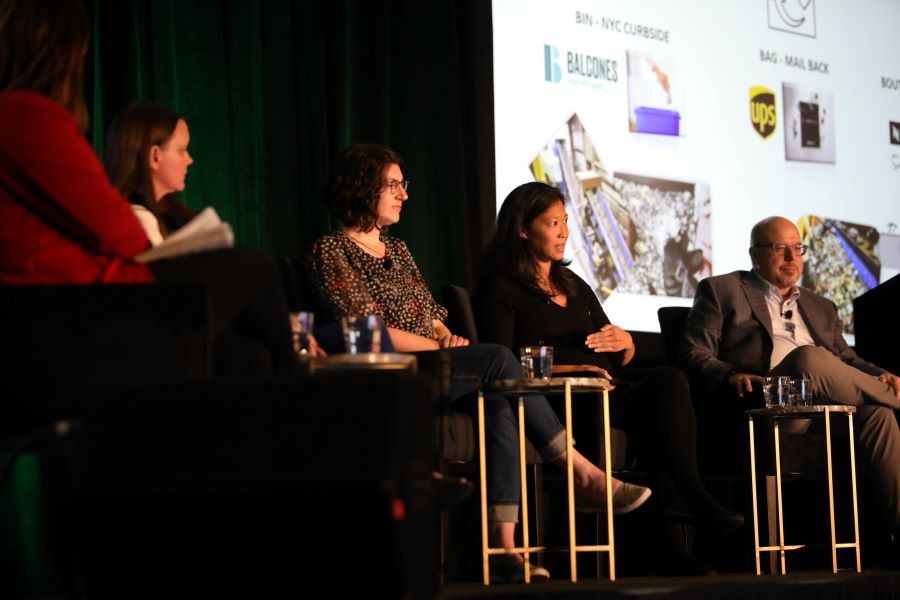
The guide directs users to various retail and other collection sites around the U.S. that accept film for drop-off recycling. | Mabeline72/Shutterstock
Editor’s note: Learn more about film recycling trends and many other topics at the 2025 Plastics Recycling Conference on March 24-26 in National Harbor, Maryland. Continue Reading


 Colin Staub is a reporter at Resource Recycling. He can be contacted at
Colin Staub is a reporter at Resource Recycling. He can be contacted at 







